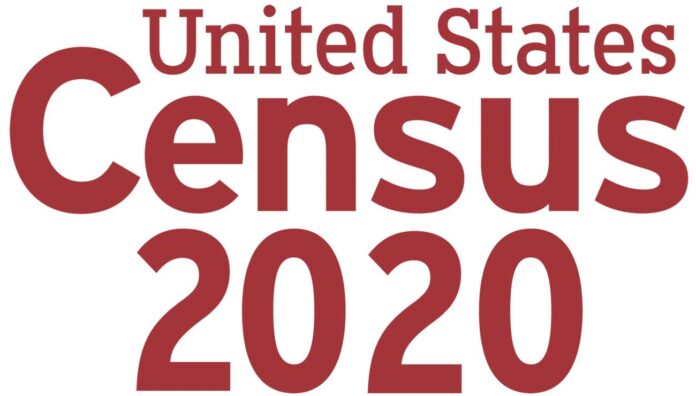The push for more 2020 Census responses in the Rio Grande Valley will continue regardless of pandemic, hurricane or any other catastrophe the year has in store, and residents will have a little more time to send in their data.
Although it’s not entirely clear exactly how much time that will be.
The deadline was pushed to Oct. 31 in May, but NPR reported this week that efforts to garner census responses may be cut off by Sept. 30.
Regardless, Valley officials continue to say that filling out the census is paramount.
“You’ve got to vote if you want to make change, and if you are not in the census so we know that you are living here, then we are not going to get representation for our area,” said Nedra Kinerk, a Futuro RGV volunteer and indefatigable census response advocate. “We are not going to get a heck of a lot of other things like funding for schools, funding for health care, funding for our infrastructure like roads and drainage and a lot of other things.”
As of July 29, Hidalgo County’s response rate stood at 47.8%, about 10% lower than Texas’ average. According to Kinerk, the pandemic has seriously impeded this year’s census.
“Obviously it has impacted us terribly,” she said.
Kinerk says the pandemic especially hurt efforts to reach residents who didn’t respond by mail or online with staff on the ground. That effort is still continuing to a degree, she said, with hygienic measures in place.
“We are attempting to reach people with some face-to-face, with masks obviously, and trying to get those who have not responded online or by mail,” she said. “So the effort is still being made.”
The region was undercounted in 2010, which Kinerk said has hurt the region immensely.
“We’ve lost millions of millions, if not billions of dollars, in the last 10 years because we were undercounted in 2010,” she said.
According to Kinerk, a higher census response rate would even make it easier to prepare and respond to disasters like Hurricane Hanna.
“That’s a very important point, and people who have drainage problems, who need federal or state help and don’t feel like they’re getting it are probably suffering because we were undercounted in 2010,” she says.
Filling out the census is simple, Kinerk said.
Generally, it only takes a couple of minutes, Kinerk said. All residents as of April 1, should be counted in the census.
“There’s still time to be counted, and I can’t stress how important it is,” Kinerk said.
To fill out the census or learn more, visit https://2020census.gov.




